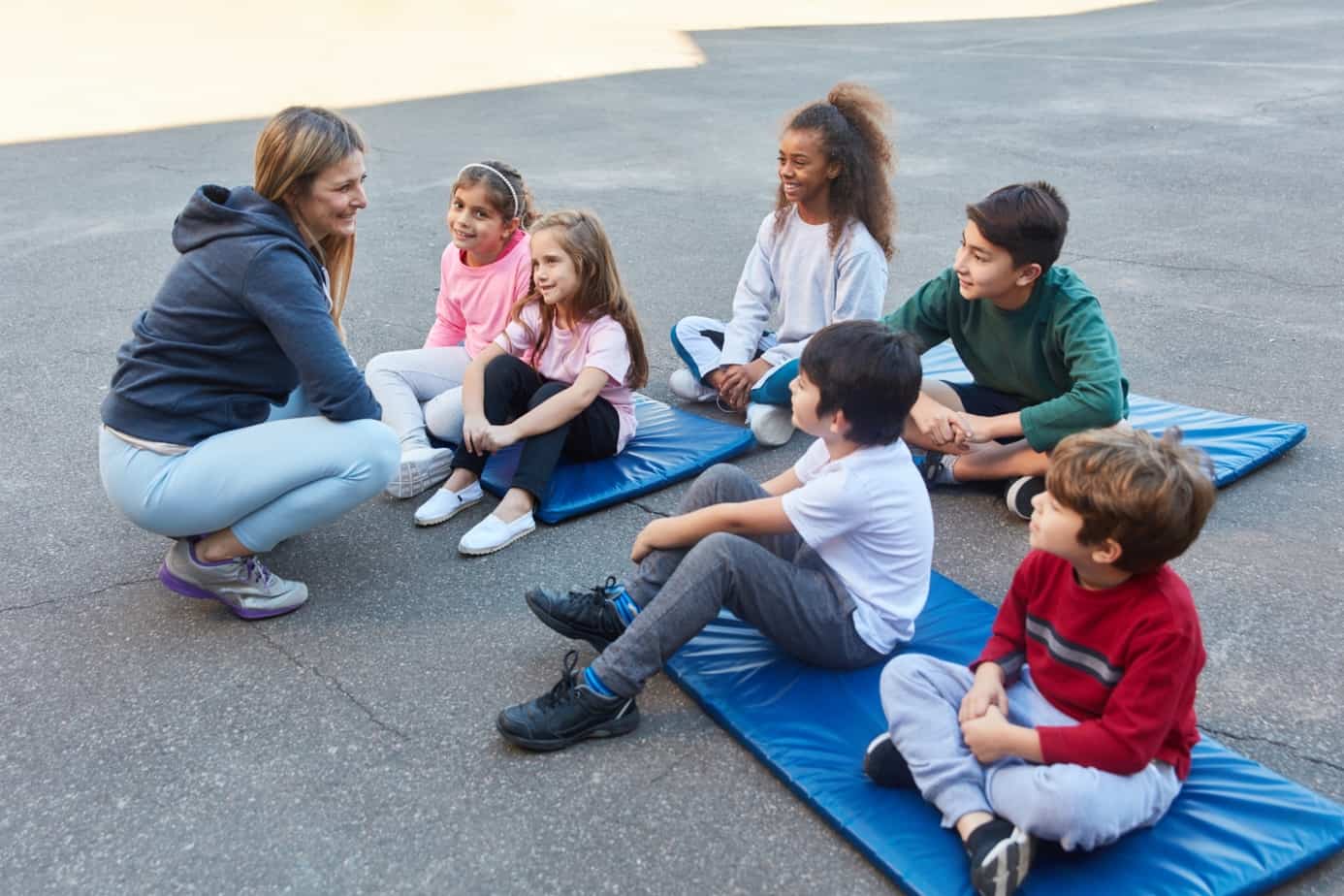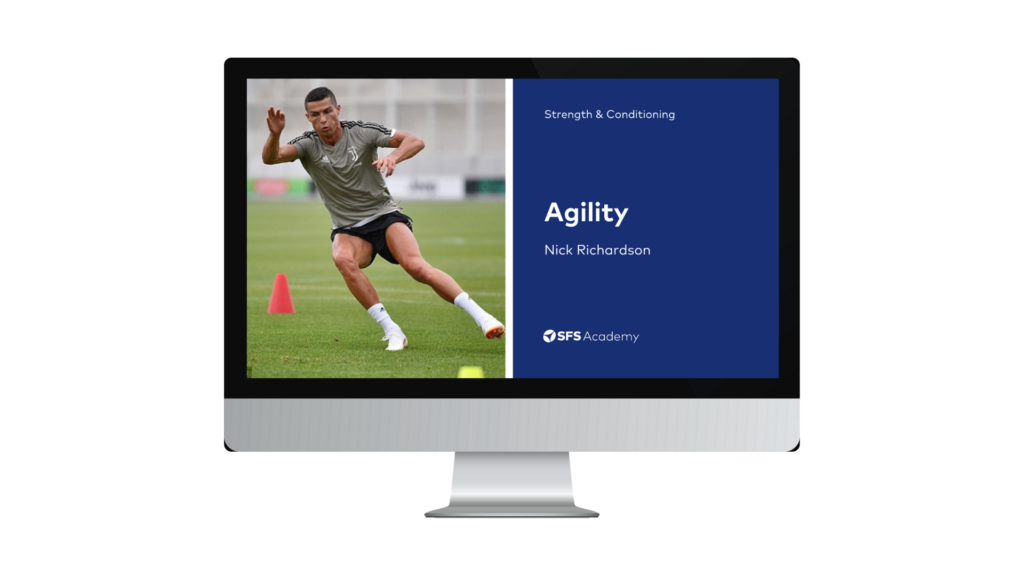Parents, physical education teachers, sports coaches, strength and conditioning coaches, leisure management personnel, family members, and peers all play an integral role in physical literacy. But why is it so important, and how can you develop it?
Contents
- The history of physical literacy
- What is physical literacy?
- Why is physical literacy important?
- Why is physical literacy important for youth development?
- Who is responsible for developing physical literacy?
- How to improve physical literacy
- Fundamental movement skills, and closing thoughts…
The history of physical literacy
Physical literacy has become a trendy term in recent times and has led many to believe it is a new concept. However, references to physical literacy can be found in articles from the early 1900s. Historically, literacy refers to being ‘educated’ or ‘cultured’ and is commonly associated with the ability to read and write.
Early research revealed that physical literacy is vitally important to human existence and quality of life. Therefore, in recent years, many educational organisations around the world have argued that physical literacy should be given the same educational attention as literacy and numeracy.
What is physical literacy?
The World Health Organisation (WHO) defines physical activity as “any bodily movement produced by the skeletal muscles that require energy”. Although many definitions of physical literacy have been developed and altered throughout the years, it is generally accepted that Margaret Whitehead’s definition is the most distinguished: “the motivation, confidence, physical competence, knowledge and understanding to value and take responsibility for engagement in physical activities for life”.
When examining this definition, two main points strike me – one, physical literacy is comprised of much more than physical activity, and two, becoming physically literate is a lifelong journey and not a sudden endpoint destination. Physical literacy should promote positive behaviours, knowledge and understanding towards a healthy lifestyle as well as creating a solid foundation for elite sport.
It is important to understand that although ‘physical activity’ is a large component of ‘physical literacy’, it is not the same thing. Instead, physical activity forms only a component of physical literacy.
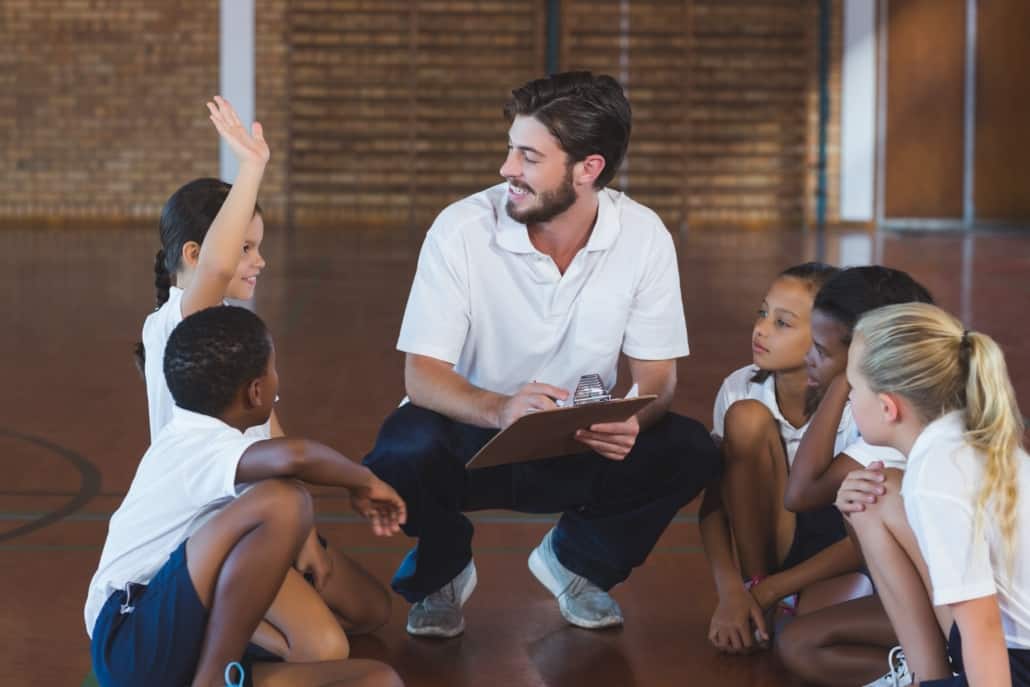
Why is physical literacy important?
I’m sure not many of you will be surprised to know that obesity levels have tripled globally since 1975. More worryingly though, the WHO reported last year there were 39 million children under the age of five classified as obese. Poor diet and a decrease in physical activity are the cause of this horrendous statistic. Now more than ever, physical literacy is becoming more and more significant.
There is a huge cost to healthcare worldwide as a direct result of obesity. Therefore, many governments have put large financial investments into physical literacy programs. Benefits associated with increased physical literacy include future savings in healthcare, improved physical well-being of the population, improved mental health and psychological well-being, increased workforce productivity, and increased levels of sport and exercise participation. In 2013, Australia invested $200m into education initiatives to promote participation in physical activity and believed it would equate to an eventual $13.8b saving in healthcare. Other physical literacy initiatives include the Canada Sports for Life (CS4L), Kiwi Sport New Zealand, and Nike Designed to Move USA. These are excellent resources and well worth checking out.
Why is physical literacy important for youth development?
Any coach involved with training children needs to ask themselves a very simple question: “Do I know enough about physical literacy?”. If the answer is “no,” then I strongly suggest you change that immediately.
I have worked with youth athletes from different sports and have seen some wonderful coaches create fantastic learning environments for children to prosper through sport and physical activity. However, I have also seen the exact opposite and often wondered to myself: ‘how can a coach who clearly has no knowledge, or even worse, no regard for physical literacy development, be allowed to coach children?‘
Therefore, if you are a coach working with children, I urge you to improve your knowledge of physical literacy and create a child-centred coaching approach. We only get one childhood – let’s get it right!
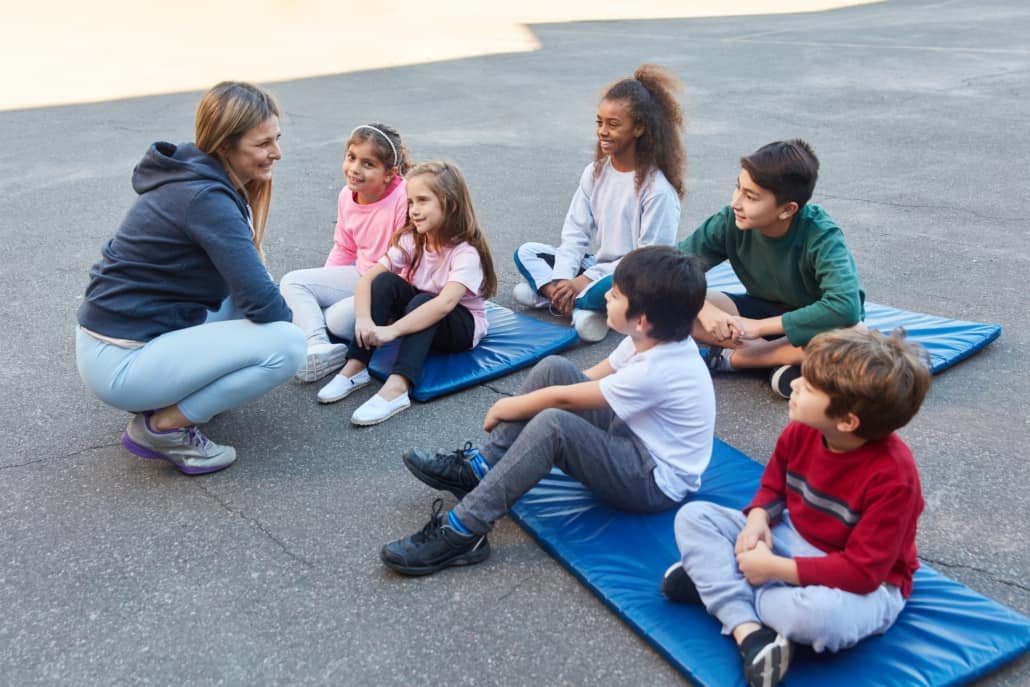
Who is responsible for developing physical literacy?
Physical literacy needs to be a multi-faceted approach. Parents, physical education teachers, sports coaches, strength and conditioning coaches, leisure management personnel, family members, and peers all play an integral role in physical literacy. It is critical all parties work together for the development of the child and not the development of their own specific agenda – I get very frustrated when I hear sports coaches blaming physical education teachers for the lack of ‘athletic children’ being produced. No doubt physical education teachers have a vital role regarding physical literacy, but they cannot be fully responsible.
From my experience, I have seen some sports coaches only focus on the talented, and as crazy as it sounds, I’ve heard one coach say they can predict at eight years of age if a child is going to ‘make it’ or not.
Sports coaches must understand that all children who won’t become elite athletes can remain involved in sport and physical activity for life. A quote – from the excellent resource icoachkids – I love is: “good coaches coach sport, but great coaches coach people”.
Children can gain indispensable lifelong cognitive, social, and physical skills from sport if the correct environment is created by the coach. This is how children become physically literate. A great example I have witnessed is when a coach ensured every single child got the same playing minutes and experienced playing in every position throughout the season. Playing time was equal for every child throughout the season and was not impacted by talent or match results.
How to improve physical literacy
We know physical literacy is a lifelong process, but the seeds are sown during childhood, and that’s where the major focus should be. To improve physical literacy, there are three core elements to focus on – affective, cognitive, and physical.
Affective
Affective describes one’s confidence, motivation, and self-esteem. A lack of confidence, motivation, and self-esteem in individuals results in a lower enticement to participate in physical activity. It is imperative children are encouraged to take part in sport and physical activity. Having high self-esteem will help a child engage positively with the activity, but having low esteem causes a child to avoid the activity for fear of embarrassment or disappointment.
Environments need to encourage children to try new skills and not to be afraid to make mistakes. We all learn from mistakes, and coaches should be there to guide children through mistakes and not embarrass them for making them.
Some training techniques used in programs can detract from the child’s desire to be active later in life. For example, using exercise as a form of punishment not only increases injury risk but leads to decreased motivation and potentially leads to dropping out of the sport or activity. It also creates a negative association with the exercises being used in the punishment. How many people do you know have never tried a certain exercise or activity again because their childhood experience of it was so bad? But the exercise or activity wasn’t the enemy – it was the person who prescribed it inexcusably.
I have experienced a sports coach who used to constantly use exercise as a form of punishment, and it is certainly one of my biggest dislikes. Not only was it horrible to witness a complete misuse of the basic training principles, but seeing children develop a hatred for exercise and sport was gut-wrenching to see. Making children do a certain number of sprints, squats, burpees etc., because they made a mistake, is certainly not fun and doesn’t seem endearing to stick with it.
Promoting physical activity must be done effectively and sporting organisations must create a child-centred framework to meet the desired goals and limit any poor practice that detracts from it.
Cognitive
Cognitive ability plays a strong role in becoming physically literate. Knowledge and understanding are cognitive properties that are essential for children to develop on their physical literacy journey. Each sport has its own unique set of rules, traditions, and values – it is important coaches take time to help children acquire knowledge and understanding of these.
Knowledge and understanding of basic health and physical activity principles must be instilled into every child too. Children need to be taught from an early age the importance of good health and exercise choices and how it leads to a healthy life. Becoming physically literate in childhood is essential for lifelong participation in sport and exercise.
Children spend a lot of their time in school and typically will only experience physical activity in structured physical education classes. The main role of a school is to improve academic and cognitive performance and often this results in physical activity in school not getting enough importance. I know from my experience in my last two years of secondary school here in Ireland, we had no timetabled physical education classes. For teachers, parents, or education leaders, it is important to understand that schools need to do more for physical literacy. Research from Demetriou et al. (2018) showed that when schools increase physical activity and physical education classes, it has no adverse effect on cognitive performance and academic results. In fact, some researchers believe that increased physical activity in school can lead to improved academic performance.
Physical
The physical component of physical literacy is, without a doubt, the most important, and I know many people wonder what physical activity is best for children to help them become physically literate. Firstly, it is important to discuss Fundamental Movement Skills (FMS). FMS are basic patterns of movement and are regarded as the building blocks of more complex sport-specific movements. FMS can be categorized into three groups. Firstly, locomotor skills are movements that transport the body in any direction from one point to another – this includes walking, running, hopping, skipping, jumping (both vertically and horizontally), dodging, and side-stepping. Secondly, stability skills involve balancing the body in stillness and motion and include balancing and landing. Lastly, manipulative skills involve controlling objects with various parts of the body such as catching, throwing, kicking, striking with the hand, and striking with an implement.
There are several different tests that can assess FMS but generally, the Test of Gross Motor Development (TGMD) is used to assess the FMS. The TGMD assesses six locomotor and six manipulative skills and gives a score for each FMS.
It is generally accepted that children have the potential to master FMS at the ages of five to seven. Children failing to achieve FMS mastery around this age are already falling behind on their physical literacy journey. To achieve FMS mastery, children need to learn and practice FMS, as they are not acquired naturally. Worldwide, FMS mastery among children is very low and worse than in previous generations. Excellent research on FMS has taken place by Bolger et al. (2018) in Ireland. In their analysis of 203 children between six and 10 years of age, no child displayed mastery of all of 12 FMS assessed. This is very alarming and reinforces the need for coaches, parents and teachers to change what we are doing because together we are all at fault for creating this problem.
Other interesting findings from FMS analysis include boys typically displaying more proficiency than girls in overall FMS performance. However, some research has shown girls perform better in locomotor skills, which can be explained by their participation in more locomotor activities such as dancing and gymnastics. Conversely, boys tend to outperform girls in manipulative skills, which is no surprise as boys engage more in object control sports such as ball sports. This supports the evidence that learning the FMS is directly impacted by the activity the child does, and it does not come naturally. Therefore, everyone from coaches to parents to teachers needs to ensure FMS development is achieved in children, especially during three to seven years of age, by providing a variety of different sports and activities for children to participate in.
Fundamental movement skills, and closing thoughts…
I’m guessing many of you are now asking how FMS development can be improved. Firstly, let’s look at the term FUNdamental movement skills. Yes, that’s not a typo, it’s deliberate – all FMS activities must be FUN for the child. Teachers and schools need to promote a wide range of fun physical activities for children during school, and physical education classes need to heavily focus on all FMS for girls and boys. Sports coaches need to focus on helping children acquire FMS mastery while not forcing early specialisation of their sport on children so young. Children performing a variety of sports will gain more exposure to the FMS, which leads to better overall athleticism long-term.
Sports coaches need to promote competition in a developmental way too. Competition for children should not be about triumphing over the opponent. It should encourage respect for the opponent and working with them to achieve mastery of skills which will lead to enjoyment, high self-esteem, motivation, and continued participation resulting in improved physical literacy. When competition is only focused on winning, the opponent is the enemy, and more negative outcomes such as low enjoyment, low self-esteem, athletic burnout, and dropout happen. Parents play the biggest role in this and need to encourage their children to participate in a variety of physical activities and sports, always emphasising fun and enjoyment.
As this blog started, I asked you to ask yourself “do I know enough about physical literacy?”. For those who answered “no”, I hope you now know a little more about how important physical literacy and its components — affective, cognitive, and physical (FMS) — are.
Remember, we only get one childhood, so let’s get it right!
